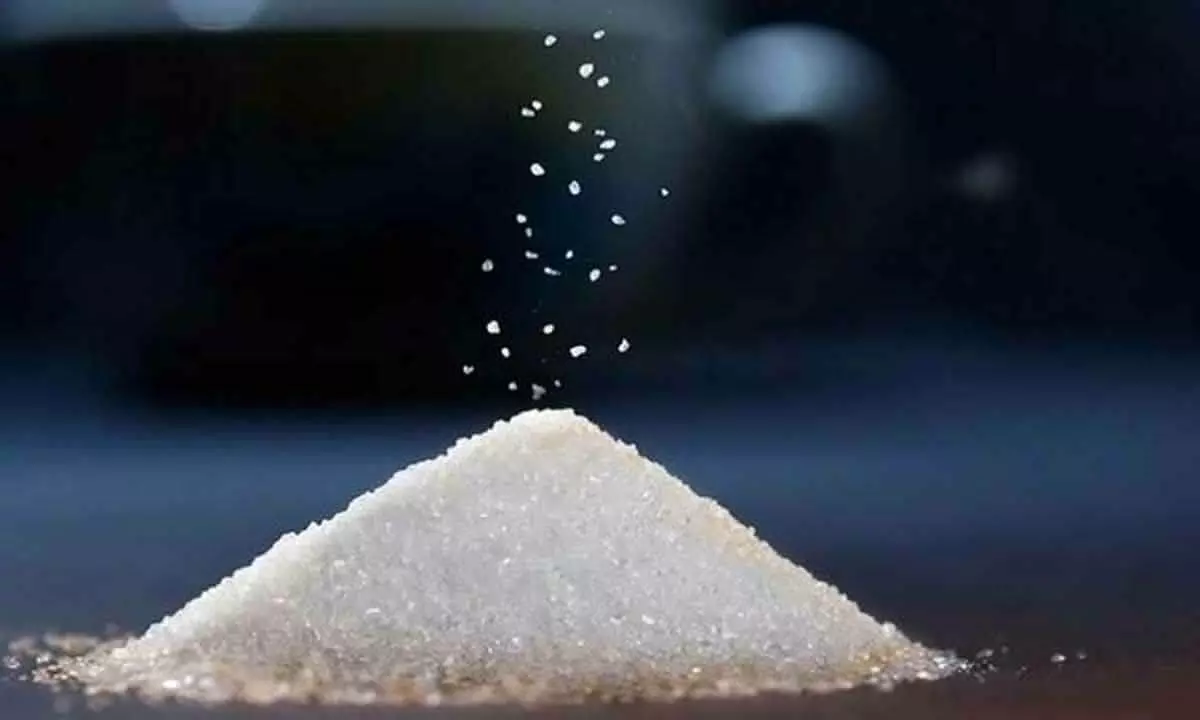Sugar to remain mainstay of biz
Amid expansion of ethanol production, says Avantika Saraogi, Promoter and Business Lead, BCML
image for illustrative purpose

Kolkata: Sugar major Balrampur Chinni Mills Ltd (BCML) said that sugar will continue to be the primary focus despite expanding its ethanol production by 50 per cent to approximately 33 crore litres this season between November and April.
A top company official revealed that the company has no immediate plans to venture into sugar retail. “Our goal is to strike a balance between sugar and ethanol production to maximize profitability and ensure sustainable growth, based on market conditions,” BCML Promoter and Business Lead Avantika Saraogi said. She is the daughter of BCML Chairman and Managing Director Vivek Saraogi.
“The company foresees a 33:66 ratio between ethanol/alcohol and sugar for the year. Last year, the share of ethanol revenue was about 28 per cent,” she said. BCML’s decision to optimize its product mix is driven by a combination of factors, including fluctuating sugar prices and the government’s ethanol blending policy. Saraogi pointed out that the country’s sugar consumption should dictate production levels and any surplus should be diverted to ethanol. “Domestic sugar demand is estimated at 28 million tonnes this year,” she stated.
With higher cane availability, BCML will witness a 50 per cent surge in ethanol production this year, reaching 33 crore litres from 20 crore litres in FY23. This season, sugar prices have increased by at least 10 per cent at the wholesale level compared to last season, and the company expects its realisation to be strong.
“In my opinion, exporting sugar in the future holds little appeal for us. This year’s low sugar production has driven everyone to talk about export opportunities due to attractive global prices, but in reality, these prices would not remain if India was exporting,” Saraogi said. “I believe this export focus is short-sighted. My ideal scenario would be to align sugar production with domestic consumption, with any surplus being diverted towards ethanol production,” Saraogi added.

